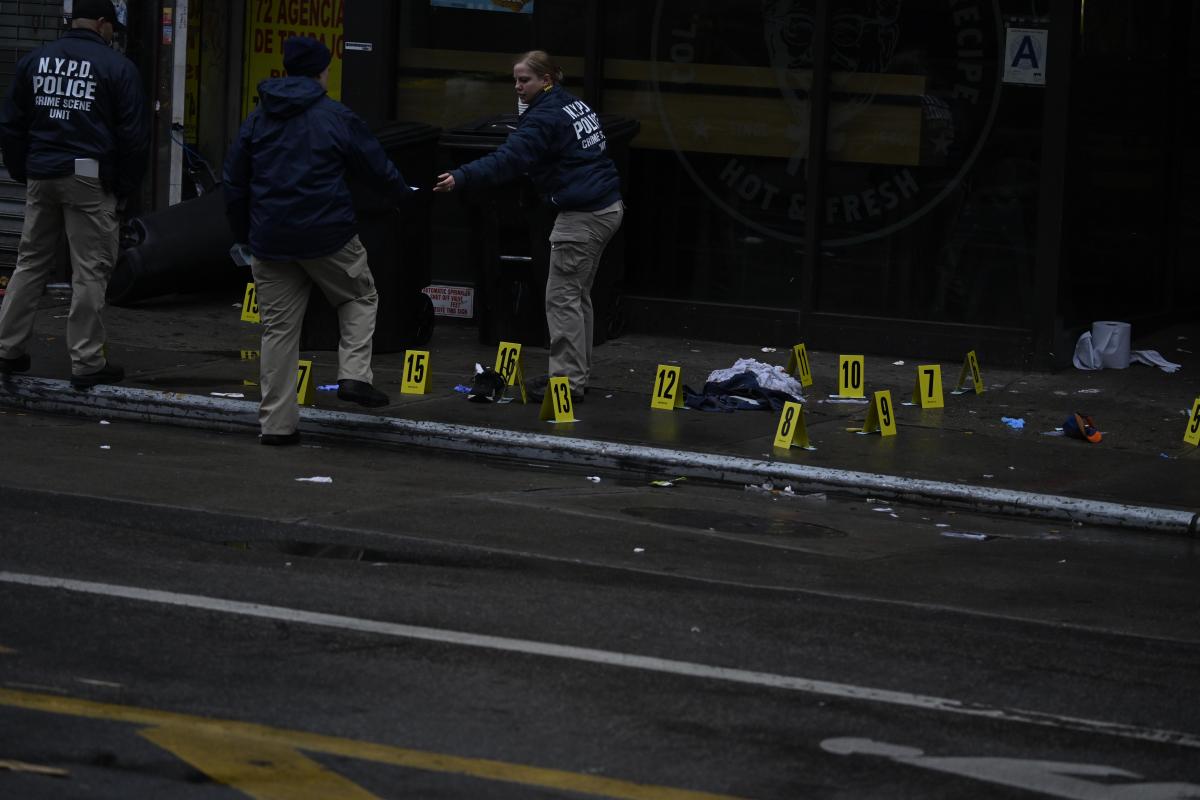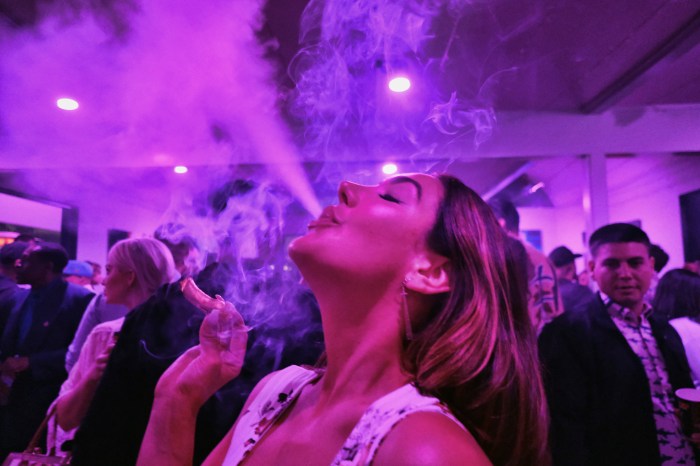By Dustin Brown
The community of artists known as Flux Factory inhabits a kind of no-man's-land stuck between Long Island City and Sunnyside, a forgotten stretch of roadway that connects two neighborhoods yet is part of neither.
“We're not on lots of maps,” said Jean Barberis, 24, the curator for the group's gallery space on 43rd Street. “Sometimes they don't bother putting it.”
But if perception is everything, perhaps 43rd Street's orphaned status will change once the Flux Factory mounts its next project, a reinvention of the street that last month won a $3,000 grant from the Queens Council on the Arts.
The group's home base is an enormous second-floor loft at 38-38 43rd Street, an address that lies on the southern tip of Long Island City 11101, only a block north of Sunnyside 11104.
While the boundary between the two neighborhoods is largely defined by the presence of the Sunnyside Yards, a cavernous basin of rail tracks that interrupts the street grid for 15 blocks, 43rd Street runs along its eastern edge – putting Flux Factory neither north of the border nor south of the border but somewhere inside of it.
What's more, the road snakes around a sharp corner and is renamed 42nd Place before hitting Northern Boulevard, which means travelers coming from the north often fail to realize 43rd Street even exists.
But not for long, Fluxers say.
“The idea was always to go out on 43rd Street and to transform it in a way,” said Stefany Anne Golberg, one of six or seven original Fluxers who founded the group in Williamsburg, Brooklyn as college students nearly a decade ago.
Fluxers, as they call themselves, are tight-lipped about what exactly the project will entail, partly because they themselves are unsure how exactly it will evolve. But Golberg said it will be a series of installations that revolve around a tour they will offer in April from the Brooklyn-Queens Expressway to Flux Factory itself.
According to the description on the group's Web site, www.fluxfactory.org, they will bus their audience to the BQE and hand them maps to guide their return trek along 43rd Street. Although the path is straight, the journey should be anything but.
“Our map will be about walking down 43rd Street as we've transformed it and rethought it and altered it and dreamed about it and forgotten about it and done stupid things along it and it will all end up in a big Spectacular, a song and dance number that will blow the proverbial socks from the feet,” their description reads.
Flux Factory is not simply a group but a community, an international network of artists who come together to share their work and reflect on ideas, to collaborate and produce more art.
“To be a Fluxer you don't really have to be a member per se – it's just something you know,” Golberg said.
Their loft is dominated by an expansive performance and gallery space, which connects to a maze-like collection of side rooms that include a library, computer terminals, art studios, a dark room and a ridiculously huge bathroom they use to store archives.
As a collective the work they produce together is best characterized as “multi-media conceptual art,” Golberg said – multimedia meaning “we'll take whatever's around.”
That much is clear from the setup of the loft itself, which was put together from found objects like the tabletop resting on wooden crates, the laboratory beakers doubling as flower vases and the door made from corrugated plastic fused with metal from a motorcycle delivery crate – with a wheel attached to the bottom so it's easier to swing open.
“A good deal of what Flux Factory is about is space,” Golberg said. “One thing that's very difficult to get a hold of in New York is a big, giant space where you can do anything you want.”
The group gained non-profit status in 1998, about a year before they were evicted from Williamsburg because their landlord wanted to attract a more lucrative tenant to the newly trendy neighborhood.
They settled into their current home in early 2002 following a two-year search, a move that has proved fortuitous despite their initial hesitance about ditching Brooklyn for Queens.
“We were thinking nobody would ever even visit us in Queens for events. It seemed like a million miles away,” Golberg said. “We're now all Queens lovers. It's really the new frontier.”
“Moving to Queens was the best thing that could happen to us. The space is amazing,” Barberis said.
It has also sparked more artistic opportunity. Last year the Queens Museum of Art invited the group to submit a proposal for a summertime installation where Fluxers inhabited the museum every hour it was open over a span of months.
They spent the first few weeks in an empty room assembling a structure from material they found in the museum, devoted the next month or so to performing and doing activities inside the space and concluded by breaking the set apart and displaying all the artifacts they had amassed – including videos they recorded of themselves every day they were there.
By that point, “it looked more like a real museum exhibit only what we were exhibiting were moldy tea leaves and videos of nothing,” Golberg said.
The 43rd Street Project will not produce concrete artifacts as much as a change in perspective, starting off with “as ordinary a street as could possibly be and making it special,” Golberg said – or at least “bringing attention to certain spots of it that are special but overlooked.”
Reach reporter Dustin Brown by e-mail at Timesledger@aol.com or call 718-229-0300, Ext. 154.





























